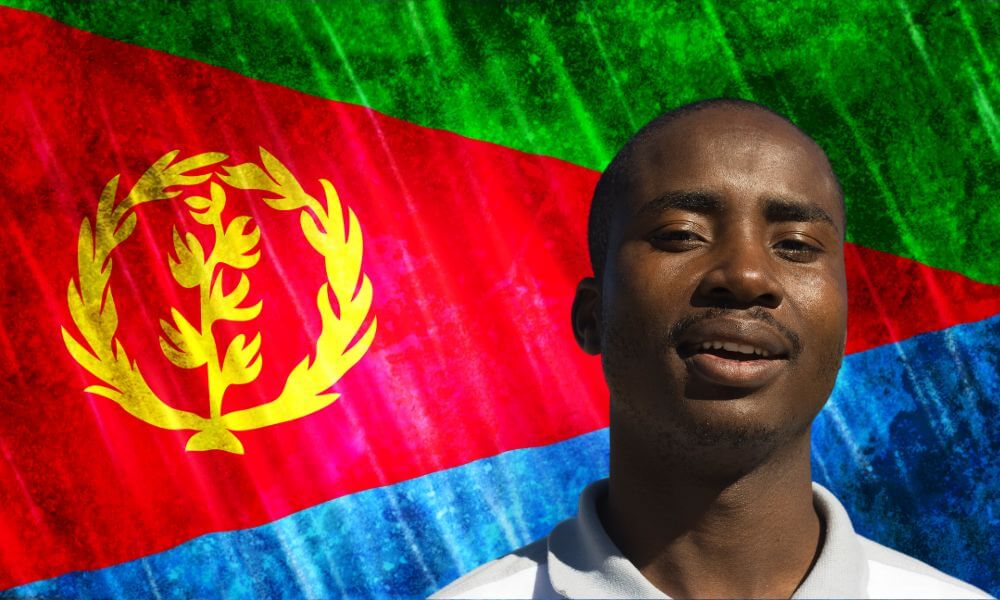Eritrea, like many African countries, is enormously linguistically diverse. The main languages are Tigrinya, Tigre, Kunama, Bilen, Nara, Saho, Afar and Beja. Many other foreign languages also play a key role, including Italian, English, and Arabic. A number of other Afro-Asiatic and Nilo-Saharah languages are also spoken, as well as some other Indo-European.
Eritrea, then, is a nation of a great many different languages.
The vast majority of the population speaks a handful of these, but the population of the country is so ethnically diverse that it is a bubbling linguistic melting pot.
There’s a lot to learn about the role of language in Eritrea, so let’s not waste any more time.

How many languages are spoken in Eritrea?
Eritrea has nine official languages, but a great many more than this are spoken in some capacity in the country.
| Language Family | Language/Dialect | Speakers (2006 unless otherwise noted) | Notes |
|---|---|---|---|
| Afro-Asiatic | Tigrinya | 2,540,000 | Most widely spoken |
| Tigre | 1,050,000 | ||
| Dahlik | 2,500 (2012) | Dahlak Archipelago | |
| Beja (Bedawiyet) | 158,000 | Spoken by Hedareb | |
| Saho | 191,000 | ||
| Afar | < 100,000 | ||
| Blin or Bilen | 91,000 | Spoken in Anseba region and Keren town area | |
| Nilo-Saharan | Kunama | 187,000 | |
| Nara | 81,400 | ||
| Arabic Variants | Sudanese Arabic | 100,000 | |
| Hadhrami Arabic | 100,000 | ||
| Hijazi Arabic | 24,000 | Spoken by the Rashaida | |
| Ta’izzi-Adeni Arabic | 18,000 | ||
| Modern Standard Arabic | N/A | Educational language | |
| Italian | Italian (Pidgin) | N/A | Spoken mainly in Asmara and Massawa |
| English | English | N/A | De facto working language |
The official languages of Eritrea include Tigrinya, which is by far the most commonly spoken language in Eritrea.
Tigrinya is widely spoken in parts of Eritrea and Ethiopia and is an Ethio-Semitic language.
Another language common in Eritrea is Tigre, closely related to Tigrinya. It is spoken broadly in the Horn of Africa and is another Semitic language.
It is believed to be closely related to the Ge’ez language, a now-extinct language that is still used liturgically in Eritrean and Ethiopian orthodox churches.
There are around one million native Tigre speakers.
Kunama is another of the most common languages in Eritrea, which is only distantly related to most other living languages.
It is proposed as a member of the as yet not universally accepted Nilo-Saharan language group.
This language has multiple dialects and is spoken primarily in western Eritrea, as well as in northern Ethiopia.
It is spoken by the Kunama people of the Gash-Barka region.
Bilen is spoken in and around Keren, in Eritrea, and it is the only Cushitic, or Agaw, language spoken in Eritrea.
Nara, also called Barea, is spoken by the Nara people just north of Barentu, again in the Gash-Barka region in the west.
Though only distantly related, Nara and Kunama are often confused with one another.
There is a debate about whether this language is in danger of extinction, as some believe it is in immediate peril of disappearing while others believe there is no danger whatsoever.
The list goes on—the main languages, then, are Tigrinya, Tigre, Kunama, Bilen, Nara, Saho, Afar and Beja.
Many foreign langauges are also widely spoken, with Arabic playing a very important role in Eritrean life.
Other than this, Italian and English are widely understood and spoken in Eritrea.
What are the top three languages in Eritrea?
Tigrinya
The main language in Eritrea is Tigrinya.
It is the first language of the Tigrinya people, and there are an estimated 2.5-3 million Tigrinya speakers in Eritrea.
The Tigrinya people are native to Eritrea and make up the largest proportion of the population.
The global population of Tigrinya speakers is close to 10 million, across Eritrea, Ethiopia, and other parts of the global diaspora.
It uses the Ge’ez script.
Tigre
Tigre, or otherwise known as Tigrayit in Eritrea, is the second most commonly spoken language in Eritrea.
There are estimated to be well over 1 million Tigre speakers in Eritrea.
The language is also spoken widely in Sudan.
It is a recognized minority language, meaning that it is not the main language but is still an officially recognized language of the country.
There are many dialects of this language, including Mansa, Habab, Barka, Semhar, and Algeden.
Kunama
After that the most widely spoken language is Kunama, with around 240,000 native speakers total spread across Eritrea and Ethiopia.
As mentioned, it is something of a linguistic outlier, not being closely related to many living African languages.
Arabic, though, also plays an important role in Eritrea—let’s find out why.
Why do Eritreans speak Arabic?
Firstly, there are simply many native Arabic speakers in Eritrea, including Sudanese and Hijazi Arabic.
Around 90% of Eritrean Arabic speakers speak Sudanese Arabic.
However, Modern Standard Arabic is the language of education, used in both primary and secondary schools as the language of education.
Most Eritrean children, then, are brought up understanding Arabic as well as their native indigenous language.
Eritrean history and culture is deeply connected to the Arab world, all but bordering Yemen and Saudi Arabi.
Historic trade and political relations have meant Arabic has played an important role in the country and people’s history.
Is it difficult to learn Tigrinya?
Relatively speaking, Tigrinya is surprisingly straightforward to learn for an English speaker.
There are a great many loan words from Indo-European languages making vocabulary fairly simple, and there’s not much difference between the written and spoken forms.
Nonetheless, it is very different from English in a lot of ways and learning an entirely new language is never really “easy”.
It takes time and patience, and you would struggle to learn a language such as this which is lesser known in the West without being in the country and regularly using the language.
If you are committed, though, then Tigrinya is far from the most difficult language for an English speaker to learn.
It is often striking for people in the west to learn how diverse African nations are.
Many of them are comprised of dozens of indigenous ethnic groups, often all of whom have their own recognized languages.
Eritrea is a great example of this, with nine official languages and many other widely spoken though not official languages.
References
https://www.ucl.ac.uk/atlas/tigrinya/language.html
https://en.wikipedia.org/wiki/Languages_of_Eritrea
More in Regional Languages
- What Languages Are Spoken In Afghanistan?
- What Languages Are Spoken In Africa?
- What Languages Are Spoken In Albania?
- What Languages Are Spoken In America?
- What Languages Are Spoken In Antwerp?
- What Languages Are Spoken In Argentina?
- What Languages Are Spoken In Australia?
- What Languages Are Spoken In Austria?
- What Languages Are Spoken In Bangladesh?
- What Languages Are Spoken In Barcelona?
- What Languages Are Spoken In Belgium?
- What Languages Are Spoken In Bolivia?
- What Languages Are Spoken In Bosnia?
- What Languages Are Spoken In Brazil?
- What Languages Are Spoken In Budapest?
- What Languages Are Spoken In China?
- What Languages Are Spoken In Colombia?
- What Languages Are Spoken In Croatia?
- What Languages Are Spoken In Cuba?
- What Languages Are Spoken In Cyprus?
- What Languages Are Spoken In Denmark?
- What Languages Are Spoken In Djibouti?
- What Languages Are Spoken In Ecuador?
- What Languages Are Spoken In Egypt?
- What Languages Are Spoken In El Salvador?
- What Languages Are Spoken In England?
- What Languages Are Spoken In Eritrea?
- What Languages Are Spoken In Estonia?
- What Languages Are Spoken In Ethiopia?
- What Languages Are Spoken In Fiji?
- What Languages Are Spoken In Finland?
- What Languages Are Spoken In Germany?
- What Languages Are Spoken In Japan?
- What Languages Are Spoken In Morocco?
- What Languages Are Spoken In South Africa?

